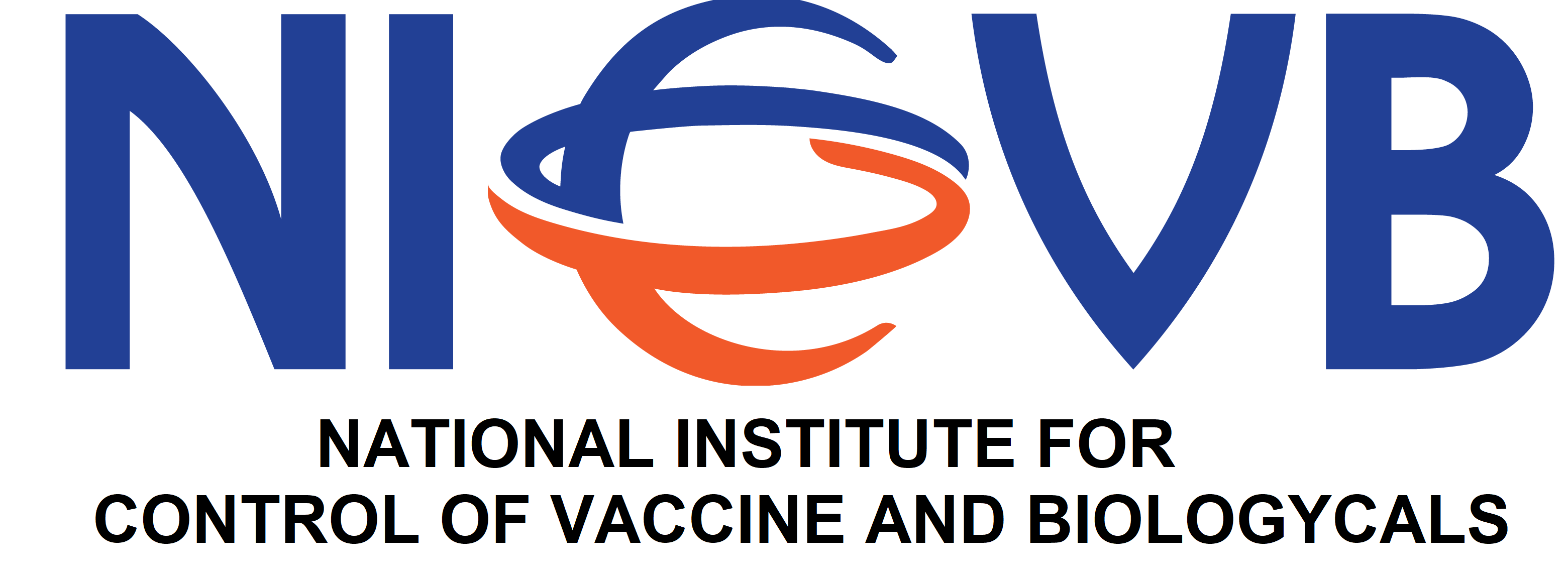RESEARCH ON THE DEVELOPMENT OF AN IDENTIFICATION PROCESS FOR ANTIGENS A, Y, C, W135 IN MENINGOCOCCAL VACCINE BY AGGLUTINATION METHOD
DOI:
https://doi.org/10.56086/jcvb.v5i3.223Keywords:
Meningococcal vaccine, AgglutinationAbstract
Meningococcal disease, caused by the bacterium Neisseria meningitidis, is a dangerous infectious disease that can be rapidly fatal. This study focuses on developing a procedure to identify serogroups A, Y, C, and W135 in meningococcal vaccines using the agglutination method, with the aim of improving vaccine testing efficiency in Vietnam. Through experiments with vaccine samples, the research team confirmed the high specificity of the agglutination method, ensuring its ability to accurately distinguish the target antigens. Compared to the ELISA method, the agglutination method offers significant advantages: a shorter testing time, lower cost, and no requirement for in-house reference standards from the manufacturer. Furthermore, this method can be widely applied to other vaccines containing similar antigen serotypes, creating a flexible and effective testing process. The results indicated that the optimal concentration for the test solution is 6,000 ng/ml, at which the agglutination reaction reaches a 4+ degree, signifying a strong and stable agglutination. These findings contribute to enhancing the quality of vaccine control in Vietnam, paving the way for the development of internal testing methods with high accuracy and optimal cost.






